Alfa Romeo's modern racing endeavours were handled by the Autodelta satellite company, which had been founded at Udine in 1963 by ex-Ferrari and ex-ATS engineer Carlo Chiti, in partnership with Ludovico Chizzola. They prepared and modified Alfa Romeo production cars for competition, moved the company to Settimo Milanese in 1964, and became an integral part of Alfa Romeo there in 1966. From 1967 they built and campaigned their long series of Alfa Romeo T33 sports-racing cars; making chassis, bodies, engines, gearboxes, running gear...everything – with help where needed being provided by the main Alfa Romeo production plants. It was back in the winter of 1966 that Autodelta were testing and undertaking final development of an ambitious sports-prototype racing car, intended to take Alfa Romeo to war in the 2-litre category of the World Manufacturers' Championship of endurance races. Work had started on what was then entitled the Tipo 105.33 in September, 1964, and the prototype was ready by the end of 1965, provisionally fitted with a TZ2 4-cylinder engine. The first Tipo 33/2-litre sports-prototype was first shown to the assembled press at Alfa's Balocco test track on March 6, 1967. Most intriguingly, its chassis was composed of large-diameter single tubular members formed from rivetted heavy-gauge aluminium coated internally with plastic sealer to create fuel tankage. The car's forepart comprised an intricate magnesium-alloy casting forming the front bulkhead which supported the rack-and-pinion steering gear and the front suspension pick-ups. Two cast magnesium alloy legs protruded from the main structure at the rear of the car, these two 'horns' supporting a fabricated sheet metal saddle which supported the rear suspension. Suspension was all-independent by wishbones and links front and rear, with interposed coil-spring/damper units and radius rods providing longitudinal control at the rear. Ventilated disc brakes were mounted inboard at the rear upon the transaxle gearbox cheeks. The 13-inch cast-alloy road wheels were attached by four-bolt fixings. Power was provided by a 2-litre 90-degree 4-cam V8 engine, displacing 1995cc, with Lucas fuel injection and twin-plug per cylinder coil ignition. This new V8 delivered a claimed 270bhp at 9,600rpm. The car overall weighed some 580kg and top speed was promoted as being 185mph. Air intake for the ram pipes within the engine Vee was provided via a tall air-box which earned the prototype Alfa Romeo T33 its nickname – the 'Periscopica'. The bodywork featured an extensively enclosed cockpit section, to which addition or removal of a small roof panel could convert it from open roadster to closed coupe form. Design of this original T33 was credited to Alfa Romeo's long-serving Technical Director Orazio Satta and his able (ex-Ferrari) lieutenant, Giuseppe Busso. Six days after its press launch, works test driver Teodoro Zeccoli gave the new T33 its maiden competition appearance in the minor Fléron hill-climb in Belgium. Running in open form it won the event from a 4.4-litre McLaren and a 2.7-litre Brabham-Climax, both single-seaters. After a test session on the Targa Florio circuit in Sicily, Autodelta entered two T33s for the 1967 Sebring 12-Hours classic in Florida, USA. Andrea de Adamich led on the opening lap but both cars ultimately retired due to overheating. Four cars were then fielded in the Targa Florio but suspension failures, ignition problems and a minor accident foiled Alfa's hopes. On May 28 the Nurburgring 1,000Kms saw de Adamich/'Nanni' Galli take over the sister Bussinello/Zeccoli car after their own had failed, and they finished a commendable fifth behind four Porsche 910s. After this patchy debut season, Autodelta's quasi-works Alfa Romeo team re-worked and further developed the 2-litre T33 theme in preparation for the 1968 season. On February 3-4, 1968, the redesigned sports-prototypes contested the Daytona 24-Hours race in Florida. Front suspension had been reinforced
Alfa Romeo's modern racing endeavours were handled by the Autodelta satellite company, which had been founded at Udine in 1963 by ex-Ferrari and ex-ATS engineer Carlo Chiti, in partnership with Ludovico Chizzola. They prepared and modified Alfa Romeo production cars for competition, moved the company to Settimo Milanese in 1964, and became an integral part of Alfa Romeo there in 1966. From 1967 they built and campaigned their long series of Alfa Romeo T33 sports-racing cars; making chassis, bodies, engines, gearboxes, running gear...everything – with help where needed being provided by the main Alfa Romeo production plants. It was back in the winter of 1966 that Autodelta were testing and undertaking final development of an ambitious sports-prototype racing car, intended to take Alfa Romeo to war in the 2-litre category of the World Manufacturers' Championship of endurance races. Work had started on what was then entitled the Tipo 105.33 in September, 1964, and the prototype was ready by the end of 1965, provisionally fitted with a TZ2 4-cylinder engine. The first Tipo 33/2-litre sports-prototype was first shown to the assembled press at Alfa's Balocco test track on March 6, 1967. Most intriguingly, its chassis was composed of large-diameter single tubular members formed from rivetted heavy-gauge aluminium coated internally with plastic sealer to create fuel tankage. The car's forepart comprised an intricate magnesium-alloy casting forming the front bulkhead which supported the rack-and-pinion steering gear and the front suspension pick-ups. Two cast magnesium alloy legs protruded from the main structure at the rear of the car, these two 'horns' supporting a fabricated sheet metal saddle which supported the rear suspension. Suspension was all-independent by wishbones and links front and rear, with interposed coil-spring/damper units and radius rods providing longitudinal control at the rear. Ventilated disc brakes were mounted inboard at the rear upon the transaxle gearbox cheeks. The 13-inch cast-alloy road wheels were attached by four-bolt fixings. Power was provided by a 2-litre 90-degree 4-cam V8 engine, displacing 1995cc, with Lucas fuel injection and twin-plug per cylinder coil ignition. This new V8 delivered a claimed 270bhp at 9,600rpm. The car overall weighed some 580kg and top speed was promoted as being 185mph. Air intake for the ram pipes within the engine Vee was provided via a tall air-box which earned the prototype Alfa Romeo T33 its nickname – the 'Periscopica'. The bodywork featured an extensively enclosed cockpit section, to which addition or removal of a small roof panel could convert it from open roadster to closed coupe form. Design of this original T33 was credited to Alfa Romeo's long-serving Technical Director Orazio Satta and his able (ex-Ferrari) lieutenant, Giuseppe Busso. Six days after its press launch, works test driver Teodoro Zeccoli gave the new T33 its maiden competition appearance in the minor Fléron hill-climb in Belgium. Running in open form it won the event from a 4.4-litre McLaren and a 2.7-litre Brabham-Climax, both single-seaters. After a test session on the Targa Florio circuit in Sicily, Autodelta entered two T33s for the 1967 Sebring 12-Hours classic in Florida, USA. Andrea de Adamich led on the opening lap but both cars ultimately retired due to overheating. Four cars were then fielded in the Targa Florio but suspension failures, ignition problems and a minor accident foiled Alfa's hopes. On May 28 the Nurburgring 1,000Kms saw de Adamich/'Nanni' Galli take over the sister Bussinello/Zeccoli car after their own had failed, and they finished a commendable fifth behind four Porsche 910s. After this patchy debut season, Autodelta's quasi-works Alfa Romeo team re-worked and further developed the 2-litre T33 theme in preparation for the 1968 season. On February 3-4, 1968, the redesigned sports-prototypes contested the Daytona 24-Hours race in Florida. Front suspension had been reinforced

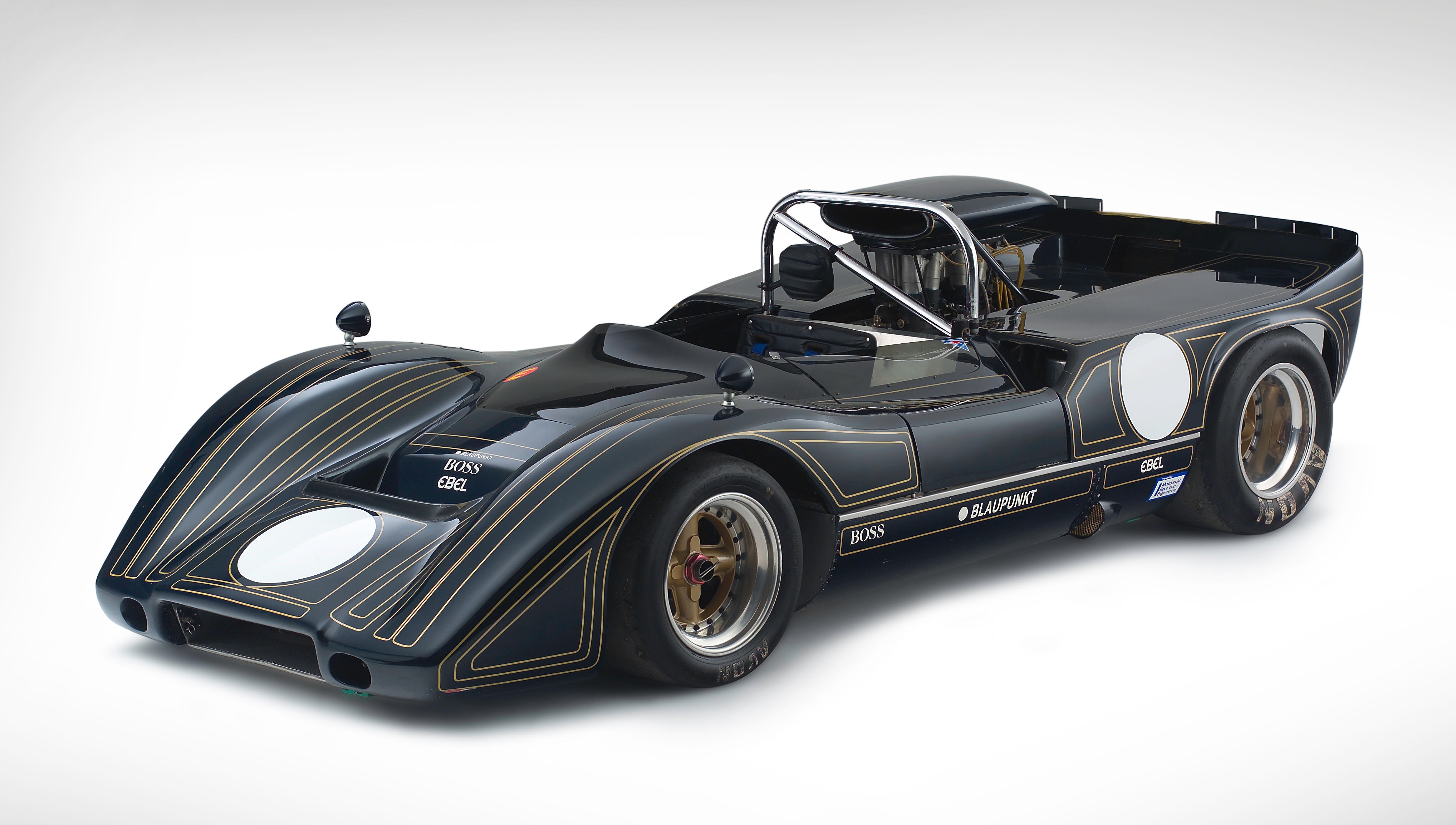
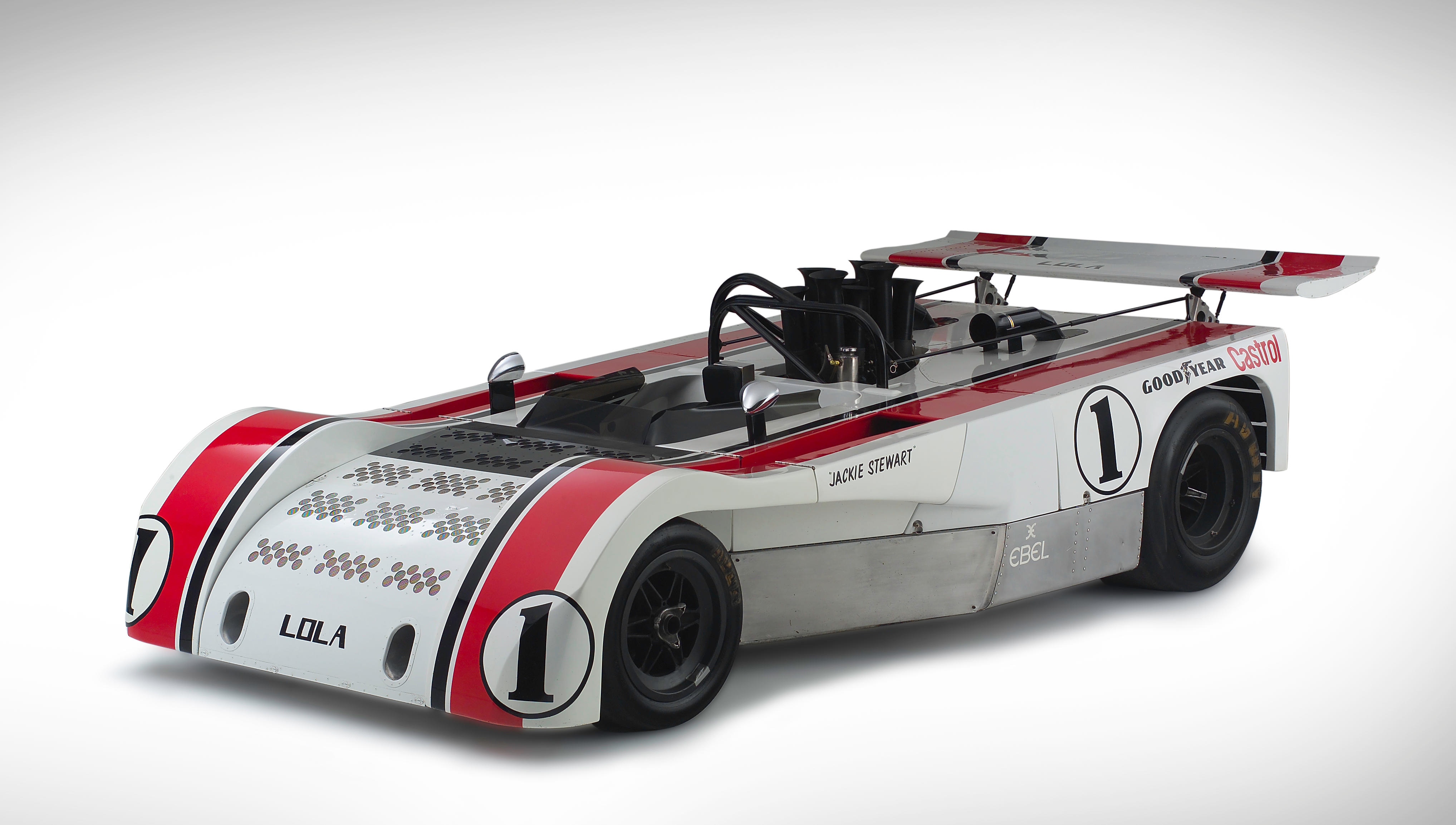
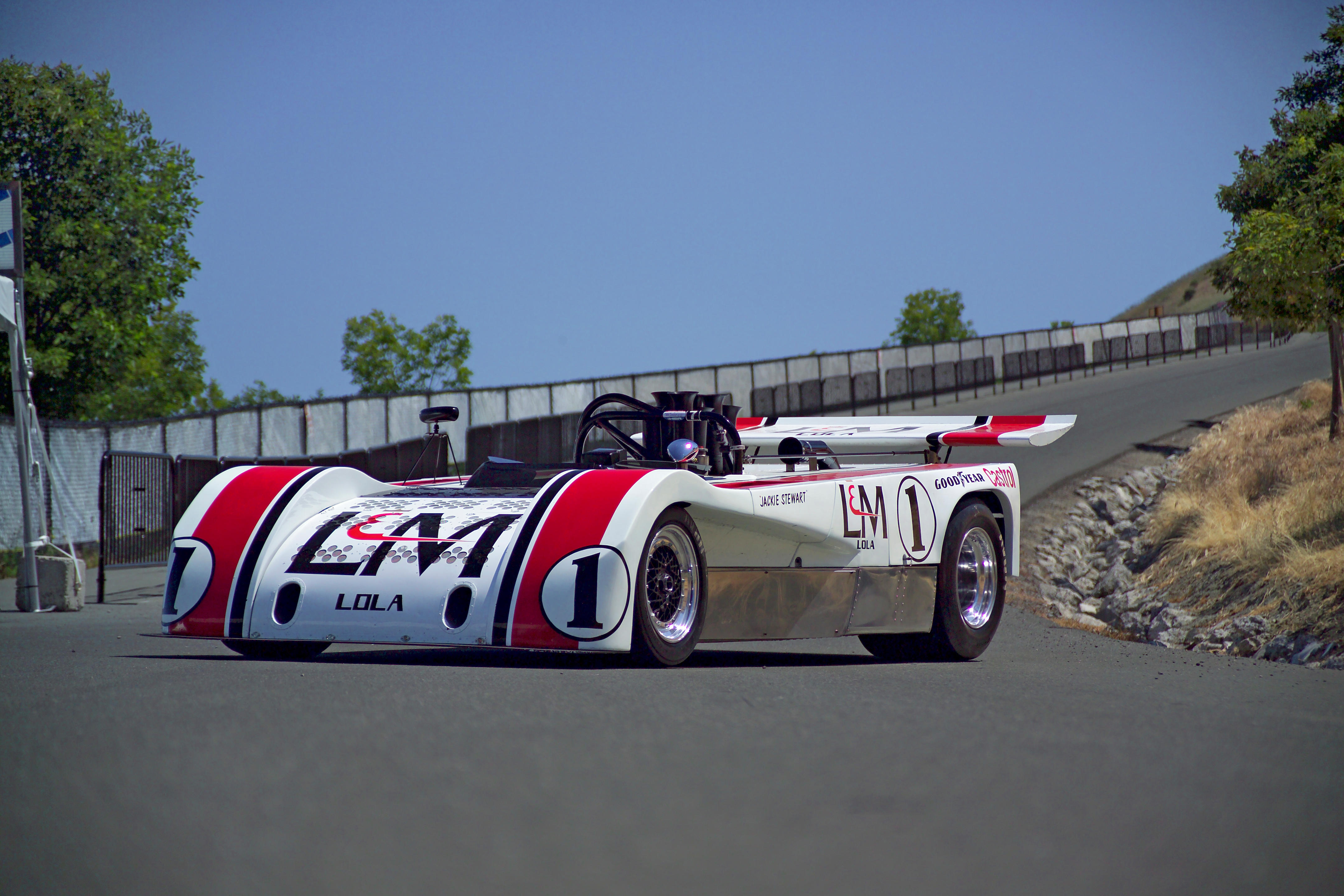


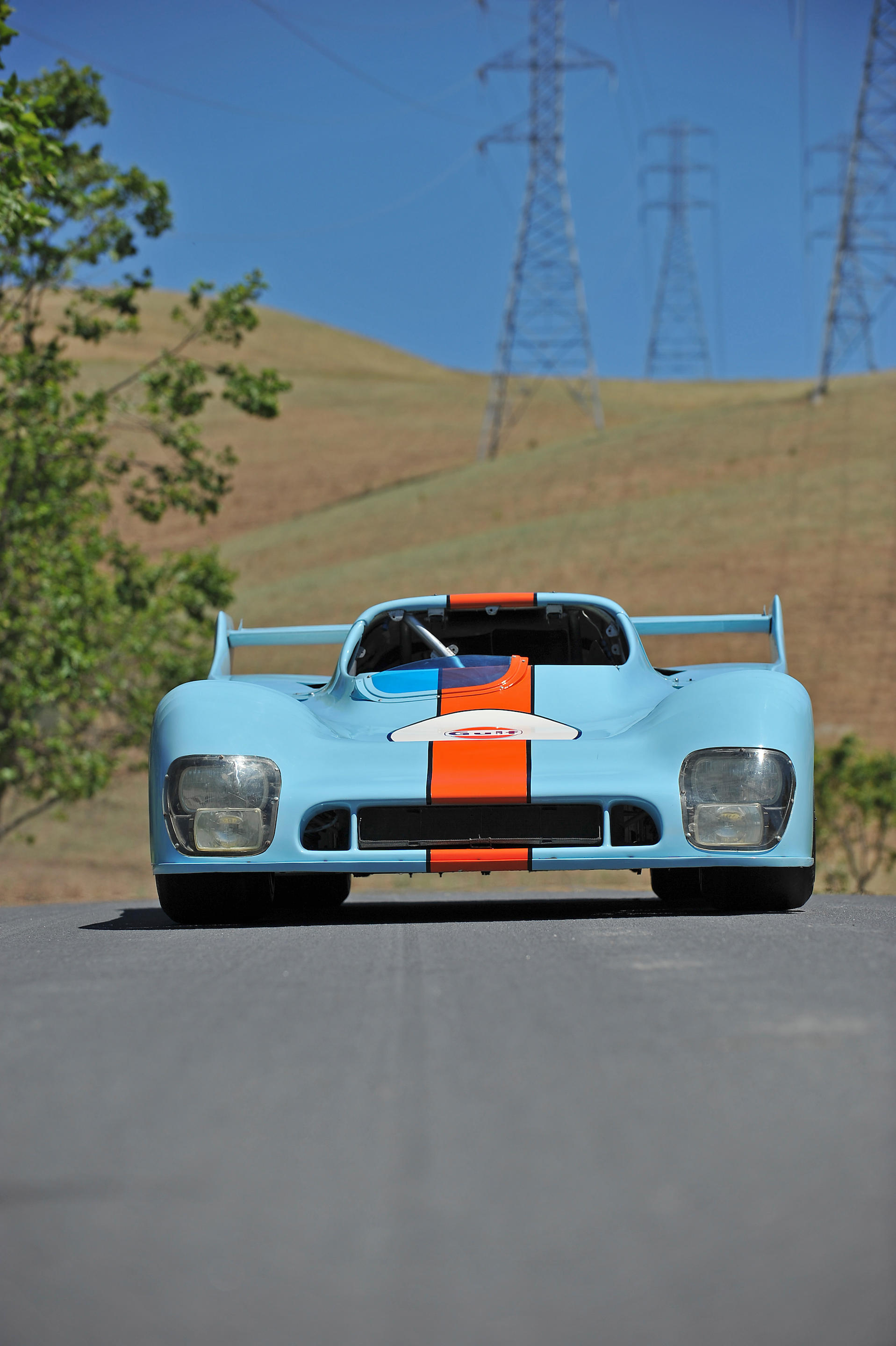
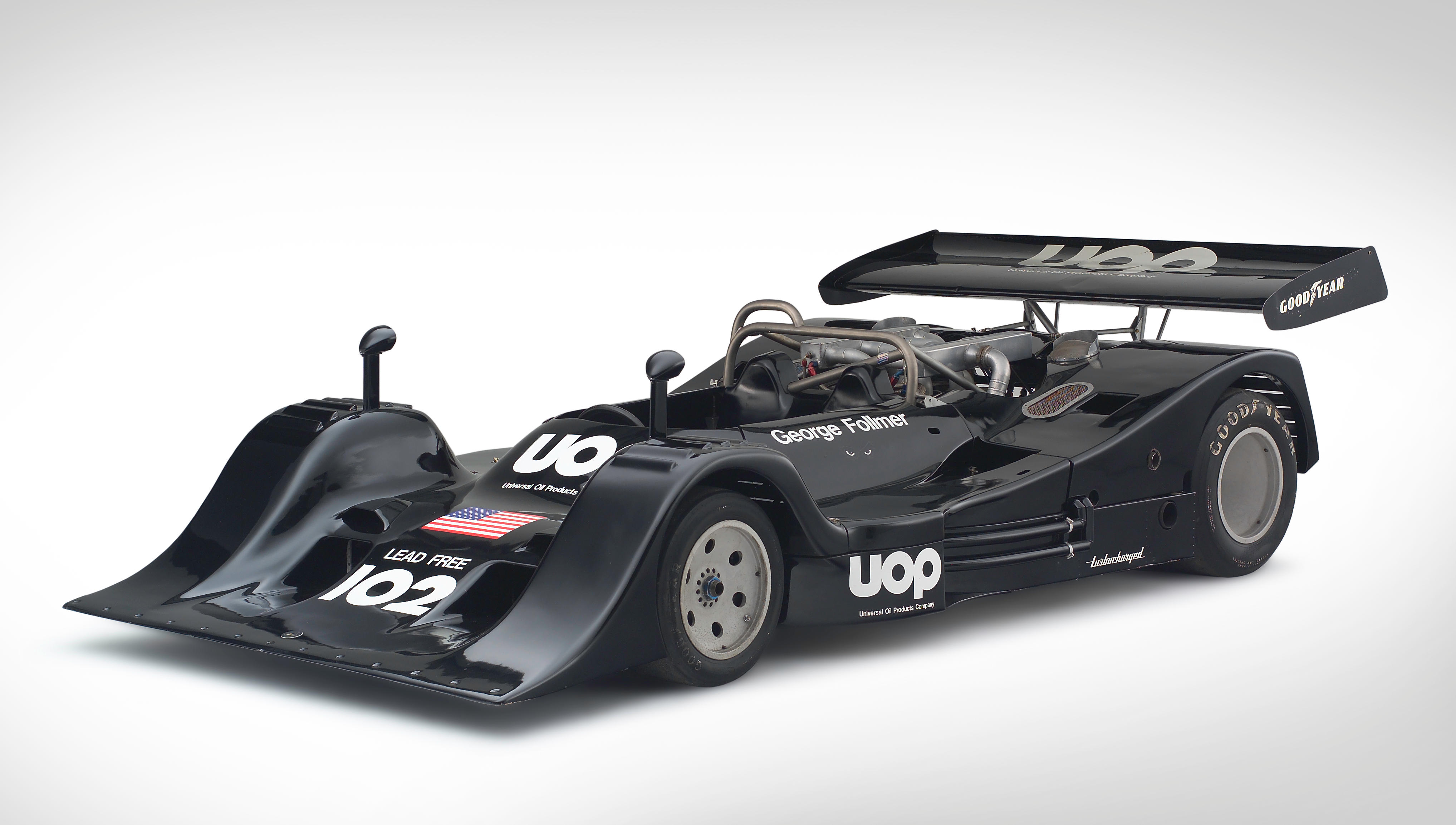


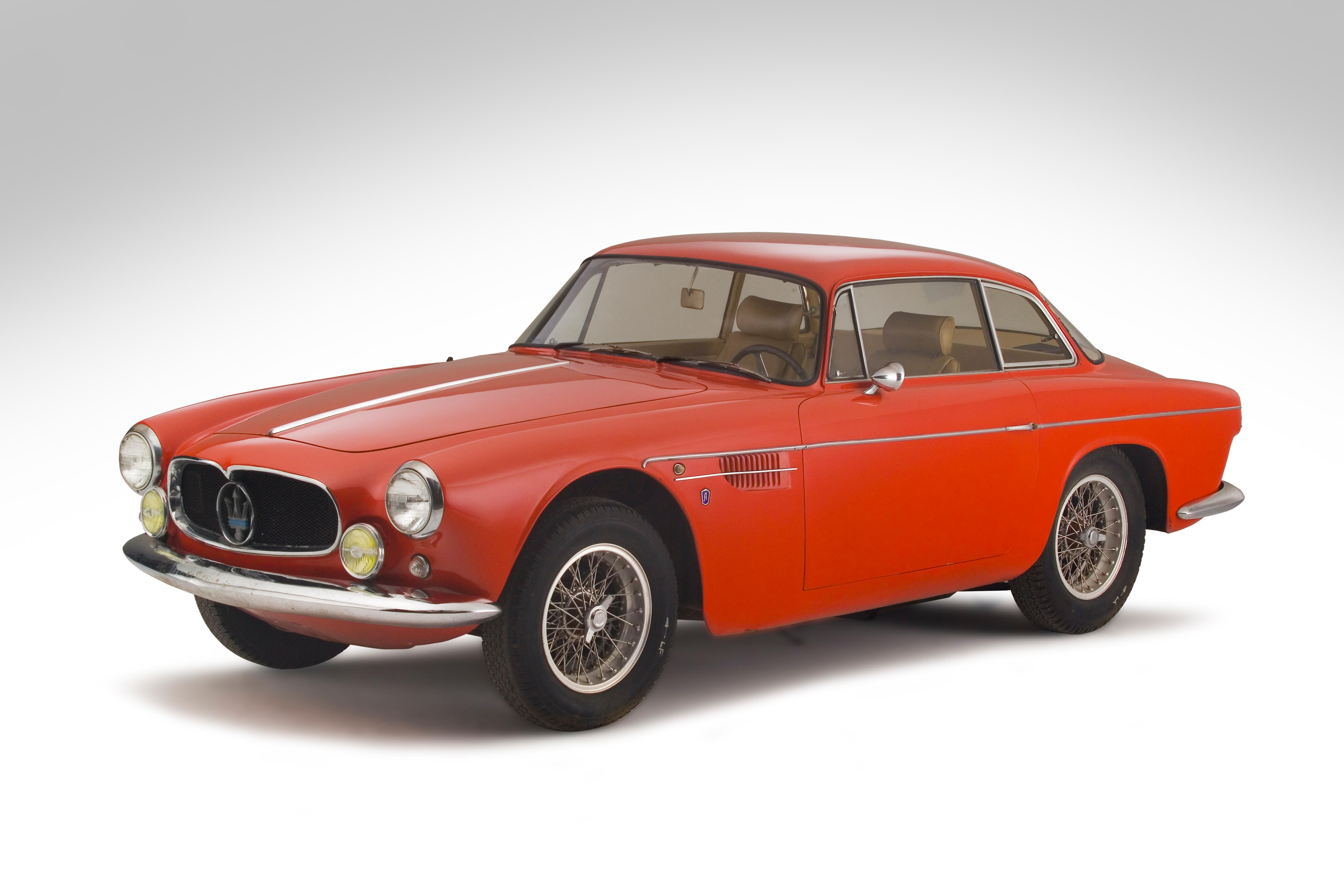
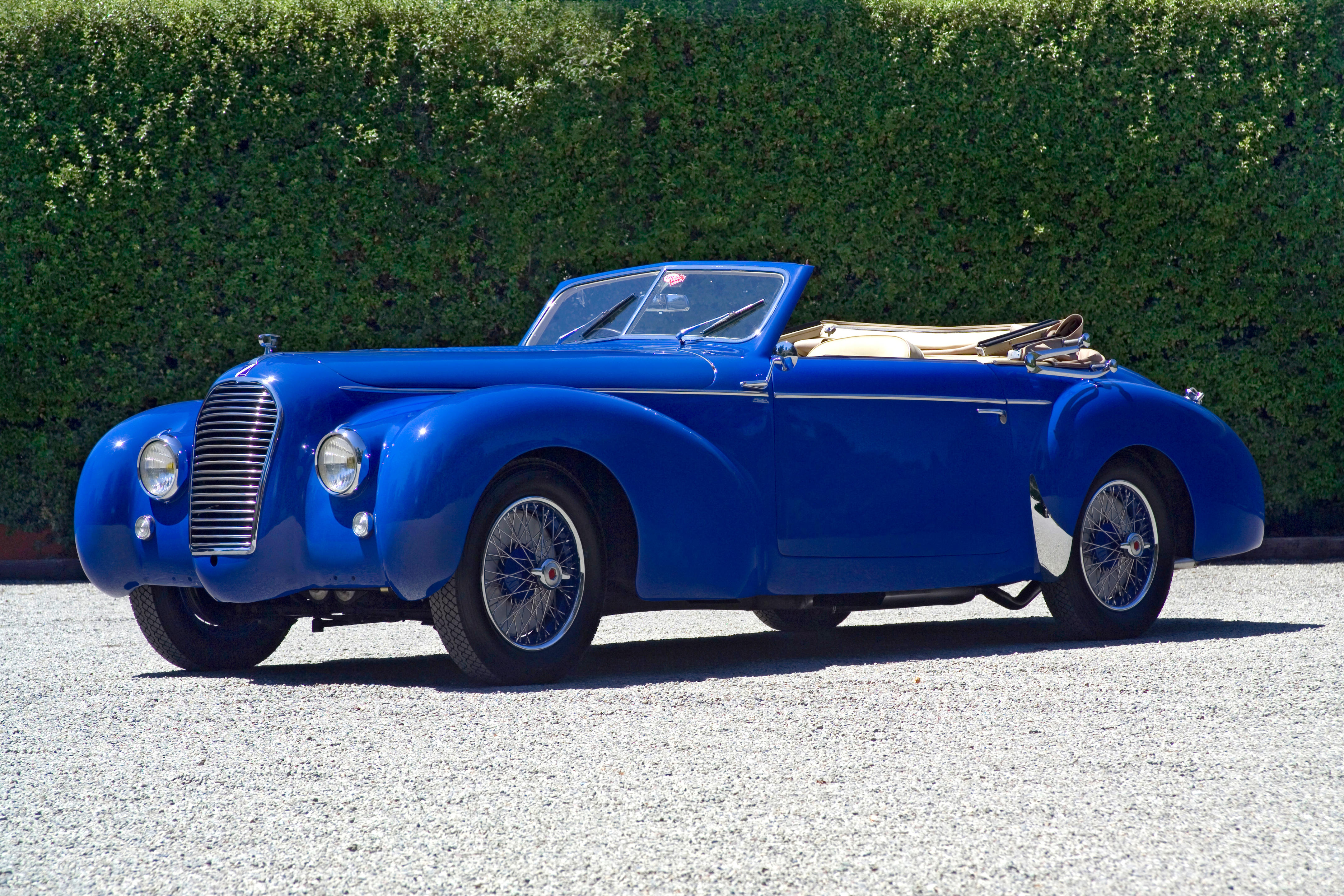



Try LotSearch and its premium features for 7 days - without any costs!
Be notified automatically about new items in upcoming auctions.
Create an alert